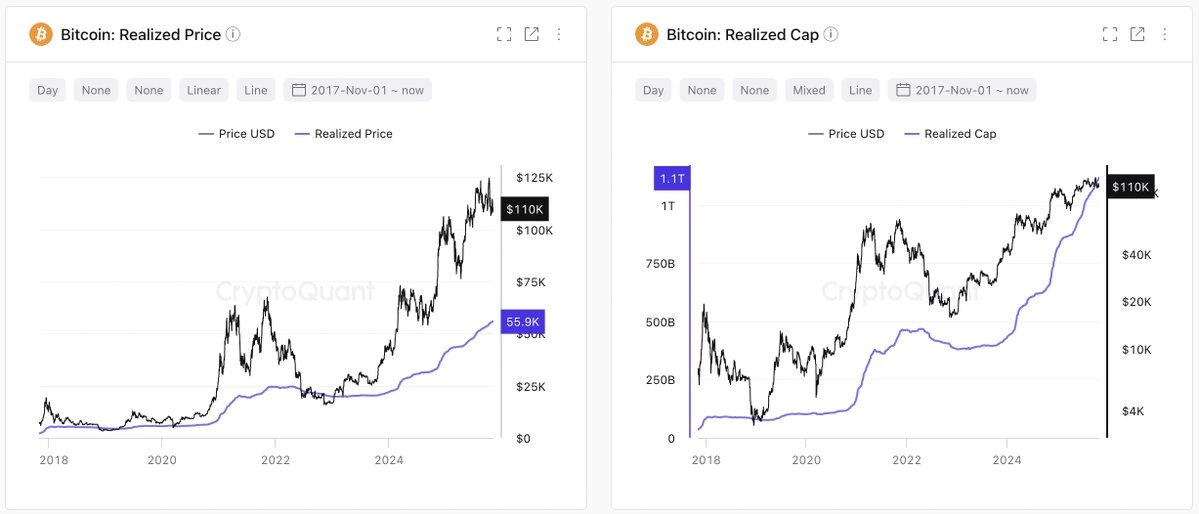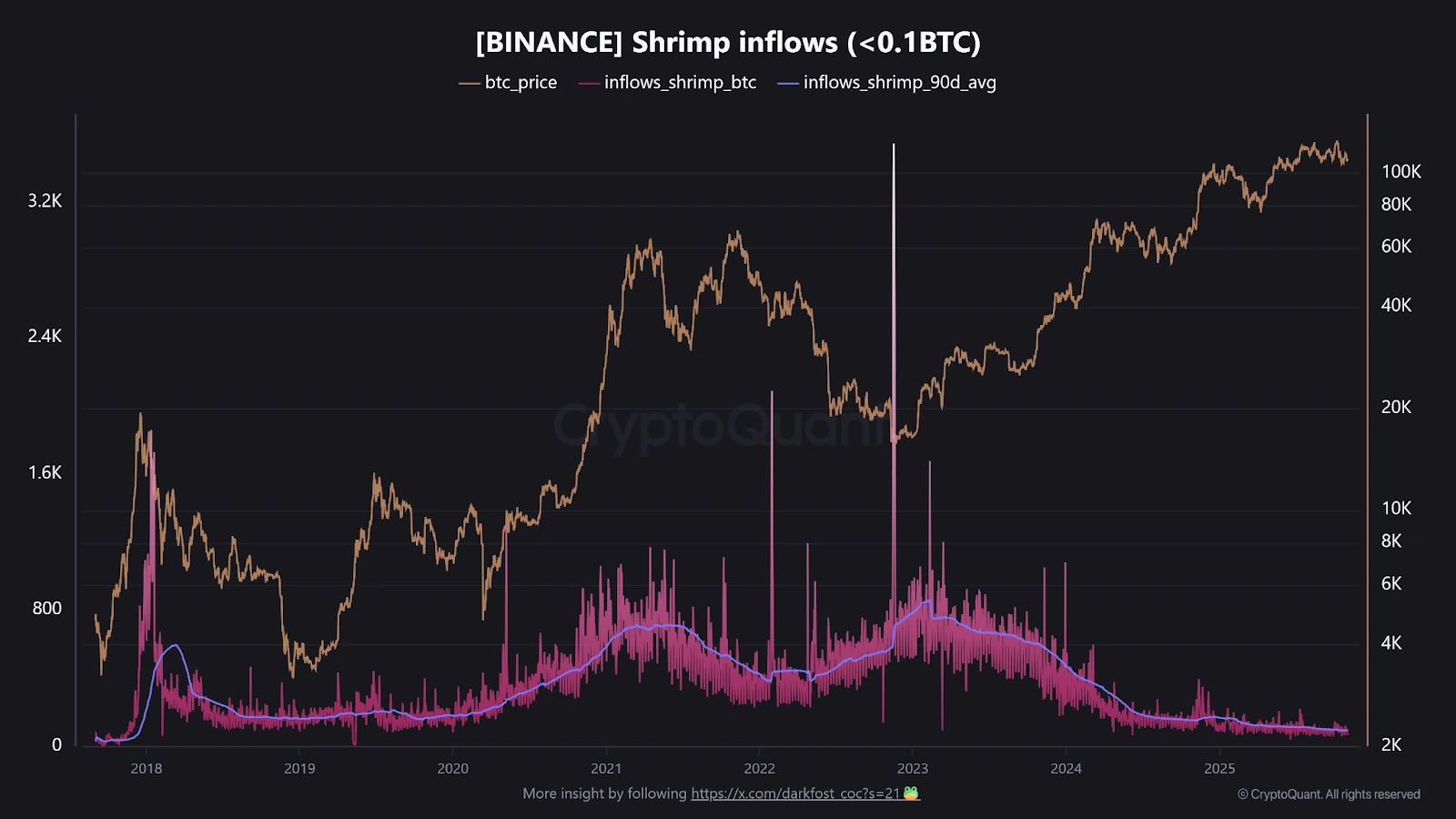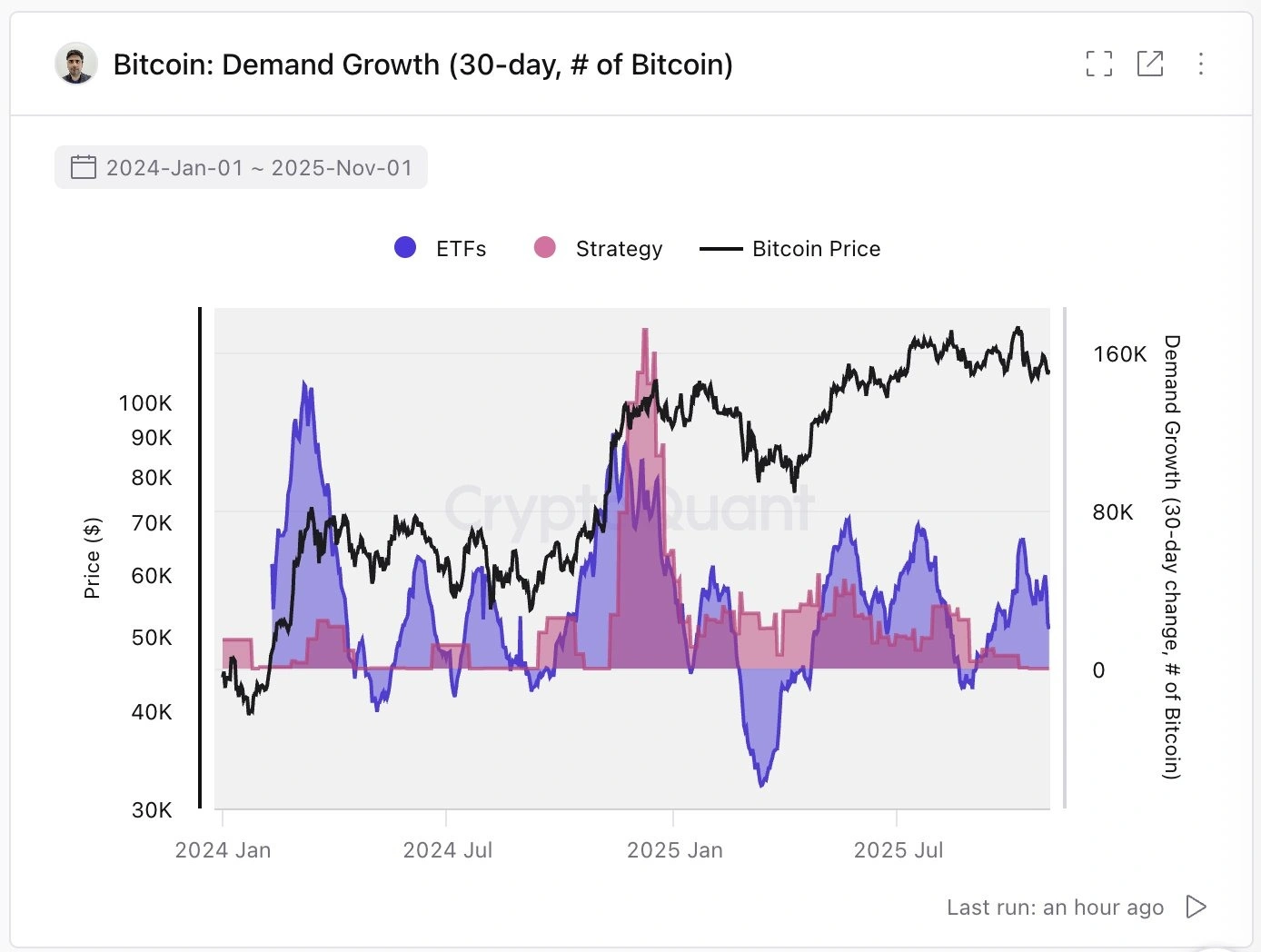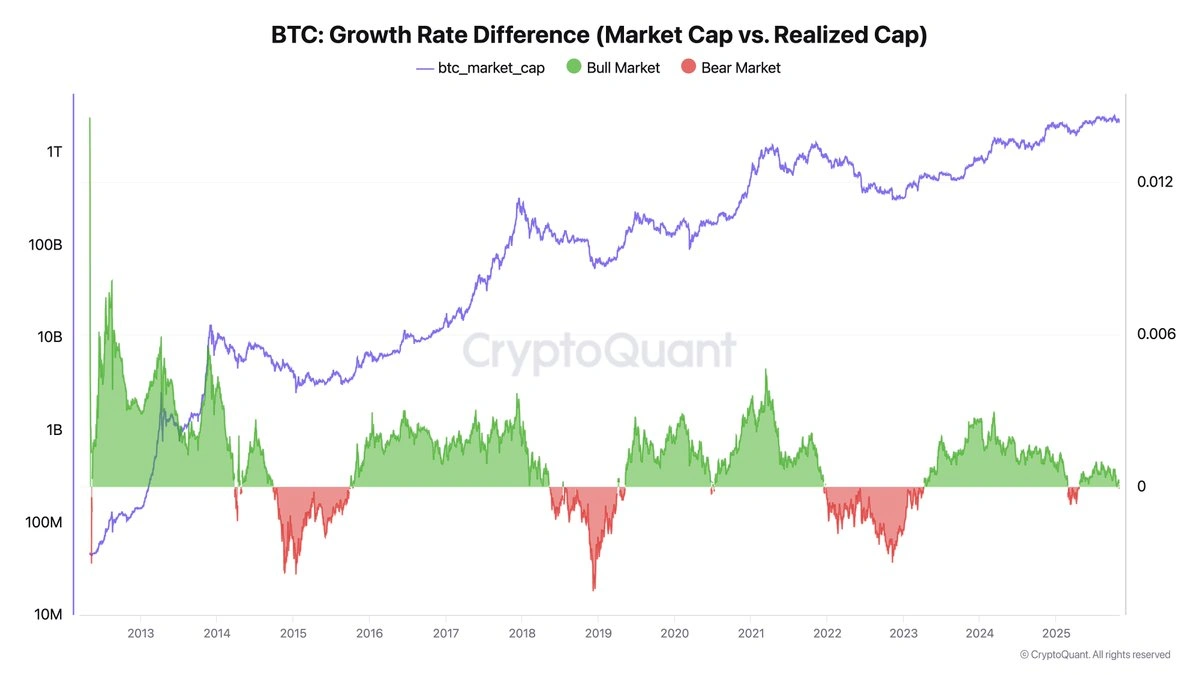Changing Bitcoin holding patterns reveal a sharp 5x decline in retail investor activity since 2023, driven by institutional inflows from ETFs and corporate treasuries, according to CryptoQuant data. This shift signals a maturing market where long-term holders dominate, boosting network stability and realized capitalization by $8 billion last week.
-
Retail deposits to exchanges like Binance have fallen from 552 BTC daily in early 2023 to just 92 BTC today.
-
Institutional demand now primarily comes from spot Bitcoin ETFs and companies like Strategy, reducing volatility from retail trading.
-
Bitcoin’s average cost basis for wallets is $55,900, yielding 93% average gains, with hashrate hitting record 5.96 million ASICs.
Discover changing Bitcoin holding patterns: Retail activity drops 5x as ETFs and institutions drive inflows. Explore on-chain data insights for smarter crypto strategies today.
What are the changing Bitcoin holding patterns in 2025?
Changing Bitcoin holding patterns indicate a significant transition from retail-dominated trading to institutional-led accumulation. Small wallet holders, or “shrimps” with under 0.1 BTC, have reduced their exchange deposits by over fivefold since early 2023, per analytics from CryptoQuant. This evolution stems from the rise of regulated investment vehicles like spot Bitcoin ETFs launched in January 2024, which provide easier access without direct exchange interactions, alongside corporate strategies incorporating Bitcoin into treasuries.
Why has retail Bitcoin activity declined so sharply?
The decline in retail Bitcoin activity can be attributed to several interconnected factors highlighted in CryptoQuant’s on-chain analysis. First, the introduction of spot Bitcoin ETFs has redirected small investors toward these funds for simplified, compliant exposure, bypassing the complexities of crypto exchanges. Darkfrost, a researcher at CryptoQuant, notes that daily inflows from shrimp addresses to Binance plummeted from 552 BTC in early 2023 to a mere 92 BTC currently, reflecting this behavioral shift. Additionally, many retail holders are opting for long-term storage off exchanges to avoid frequent trading risks, or they have accumulated enough to graduate from the shrimp category. Ki Young Ju, CryptoQuant’s founder and CEO, emphasized on X that new inflows predominantly originate from ETFs and Bitcoin treasury companies, underscoring how these entities are absorbing demand previously fueled by individual speculators. This pattern not only stabilizes the market but also aligns with broader adoption trends, where institutional participation grows amid regulatory clarity. Supporting data shows Bitcoin’s realized capitalization increasing by $8 billion in the past week, signaling sustained entry of fresh capital despite stable prices around $110,000.
According to new on-chain data from analytics firm CryptoQuant, retail investors, the small wallet holders who once fueled crypto’s cycles, are being replaced by institutional flows from exchange-traded funds (ETFs) and corporate treasuries.
CryptoQuant founder and chief executive Ki Young Ju said on X that Bitcoin wallets’ average cost basis now stands at $55,900, meaning holders are up about 93% on average. Realized capitalization rose by $8 billion in the past week, and this indicates that new money continues to enter the network.
However, Bitcoin’s price has remained relatively stable near $110,000, according to Young Ju, who stated on X that “Price hasn’t gone up because of selling pressure, not because demand was weak.”
“New inflows mostly come from ETFs and Bitcoin treasury companies,” Young Ju wrote.
 Bitcoin realized price and cap. Source: CryptoQuant
Bitcoin realized price and cap. Source: CryptoQuant Retail investor (Shrimps) BTC inflow. Source: CryptoQuant
Retail investor (Shrimps) BTC inflow. Source: CryptoQuantRather than retail speculators cycling in and out with each price swing, “demand is now driven mostly by ETFs and MicroStrategy” (now known as Strategy). Young Ju stated that both ETFs and Strategy have slowed their buys recently. However, he said, “If these two channels recover, market momentum likely returns.”
 Bitcoin demand growth over 30 days. Source: Ki Young Ju on X
Bitcoin demand growth over 30 days. Source: Ki Young Ju on XFrequently Asked Questions
What causes the 5x drop in retail Bitcoin deposits to exchanges?
The 5x drop in retail Bitcoin deposits to exchanges like Binance results from the shift toward spot ETFs and off-exchange holding, as per CryptoQuant research. Small holders have moved to regulated funds for easier access since January 2024, reducing daily inflows from 552 BTC to 92 BTC, while some accumulate to larger wallet sizes.
How are institutional investors influencing Bitcoin’s current market stability?
Institutional investors are boosting Bitcoin’s market stability through steady ETF inflows and corporate treasury additions, which replace volatile retail trading. CryptoQuant data shows these sources driving realized cap growth amid stable prices near $110,000, with long-term holders up 53% and network hashrate at record highs for sustained security.
 Bitcoin growth rate difference measured by a comparison of market cap and realized cap. Source: CryptoQuant
Bitcoin growth rate difference measured by a comparison of market cap and realized cap. Source: CryptoQuantHe said, “Whales’ unrealized profits aren’t extreme, and this could mean either: ‘Hype hasn’t arrived yet – we’re still far from euphoric sentiment.’ or ‘This time is different – the market is too big for extreme profit ratios.’”
Meanwhile, Bitcoin’s infrastructure continues to expand. The network’s hashrate has reached record highs of approximately 5.96 million ASICs online, as public miners continue to scale up rather than downsize.
Young Ju described this as a “clear long-term bullish signal,” while also adding that the Bitcoin “money vessel keeps growing.”
At the same time, flows of Bitcoin from spot exchanges to futures platforms have slowed, implying that whales are opening fewer new leveraged long positions. However, perpetual futures leverage, measured by the BTC-USDT open-interest ratio, remains elevated compared with two years ago.
Young Ju added that “Short-term whales (mostly ETFs) from the past 6 months are near break-even. Long-term whales are up ~53%.”
Key Takeaways
- Retail decline signals maturity: The fivefold reduction in small holder deposits highlights how ETFs are channeling retail interest indirectly, fostering less volatile growth.
- Institutional dominance grows: Inflows from ETFs and treasuries like Strategy now lead demand, with $1T in on-chain capital yielding $2T market cap, per CryptoQuant metrics.
- Network strength persists: Record hashrate and rising realized cap indicate robust long-term health; monitor ETF recoveries for renewed momentum.
Conclusion
The changing Bitcoin holding patterns underscore a pivotal evolution in the cryptocurrency landscape, where retail Bitcoin activity decline gives way to institutional stewardship via ETFs and corporate treasuries. CryptoQuant’s insights from experts like Ki Young Ju and Darkfrost reveal a market maturing beyond retail-driven cycles, with enhanced stability from record hashrate and capital inflows. As this trend continues, investors should focus on these institutional dynamics for informed positioning in Bitcoin’s expanding ecosystem.
CryptoQuant’s data and analysis paint a picture of a maturing market that’s increasingly shaped by institutional behavior. Retail traders, once the engine of volatility and narrative cycles, have ceded ground to ETFs and long-term holders.
Young Ju stated that this makes Bitcoin’s trajectory harder to forecast.
In earlier cycles, bull markets followed a familiar four-year rhythm of accumulation and distribution between retail and whales. Now, with ETFs, corporate treasuries, and macro-sensitive institutions in the mix, “it’s harder to predict where and how much new liquidity will enter,” he wrote.
